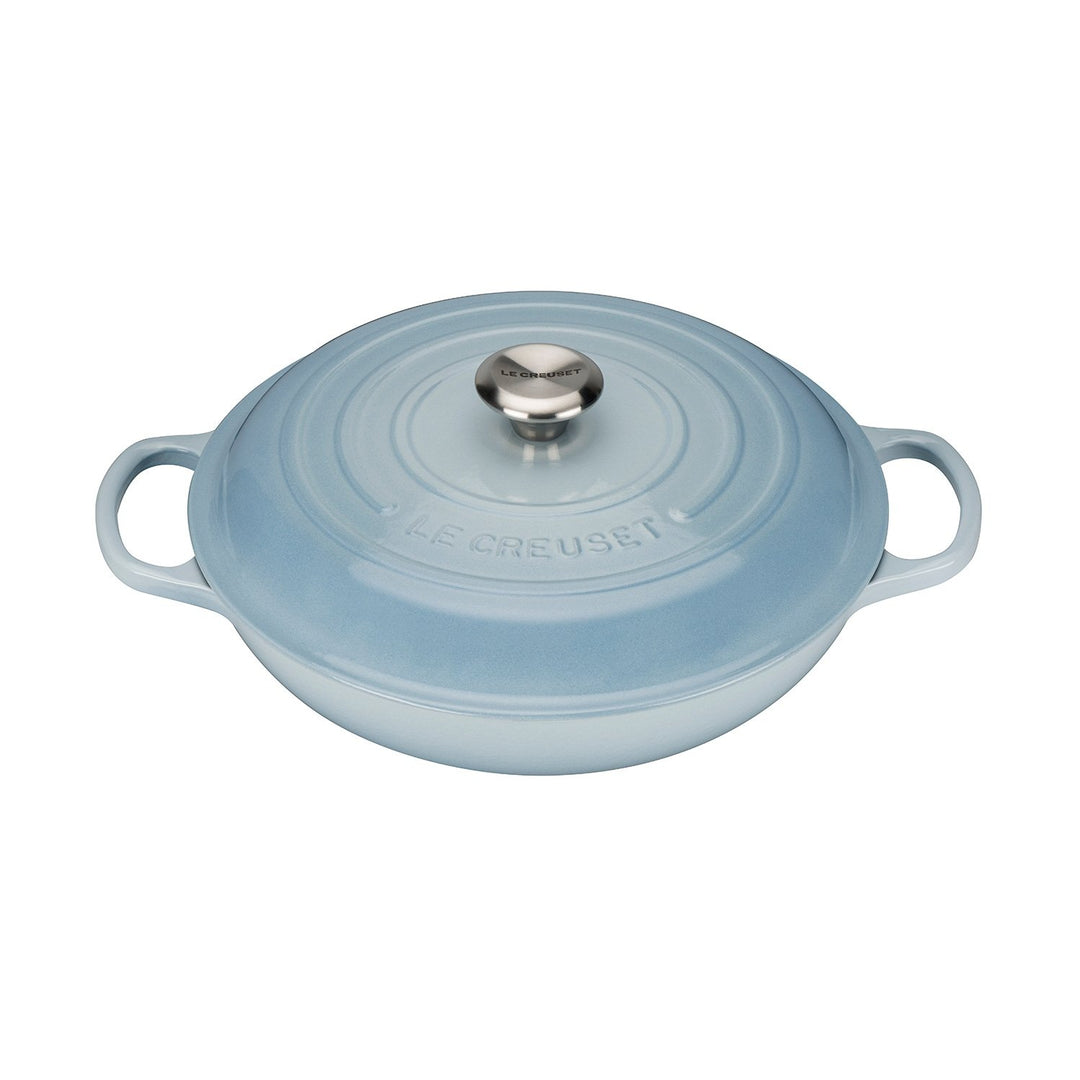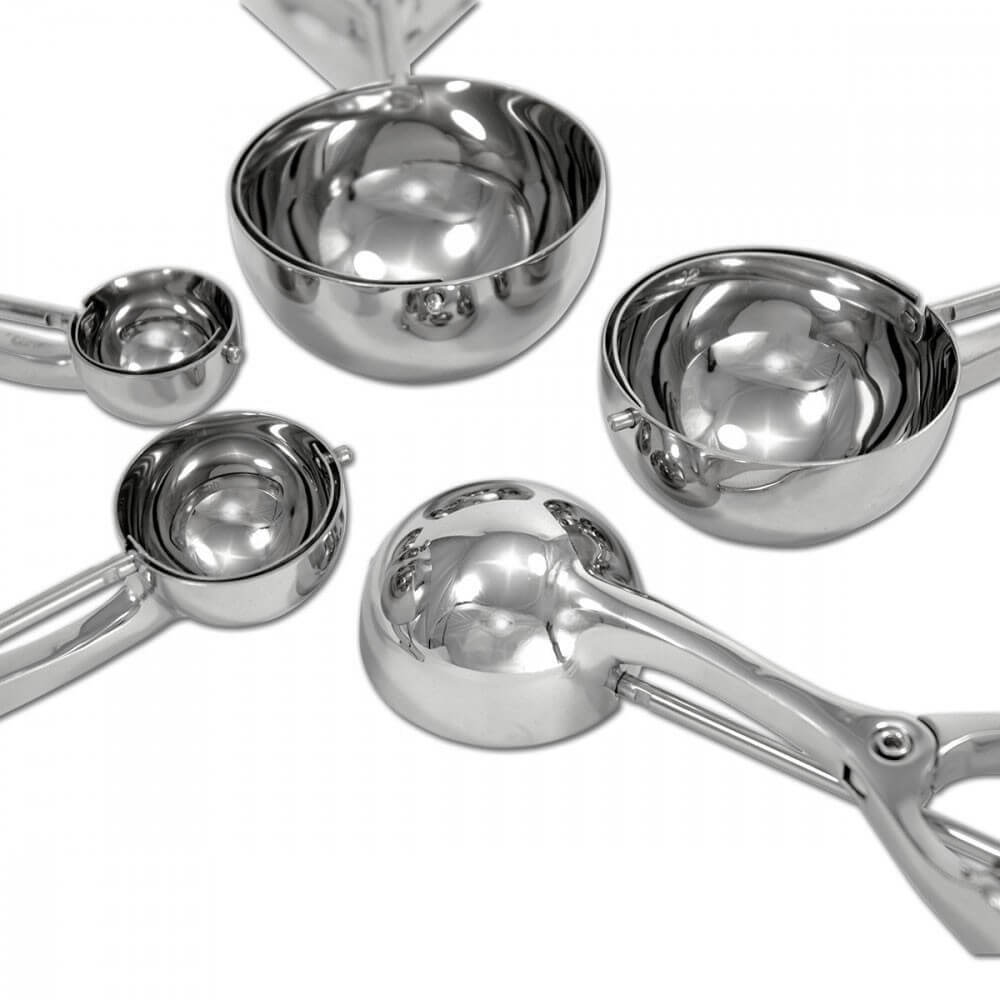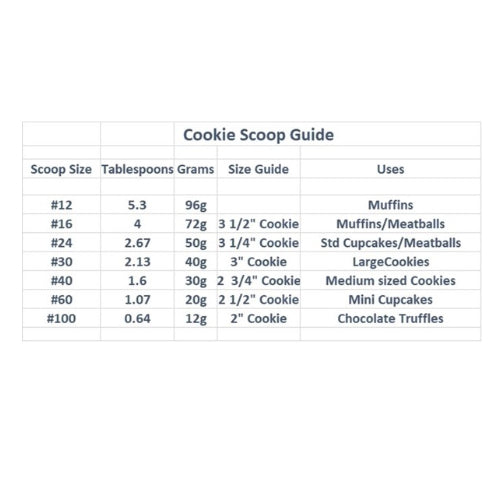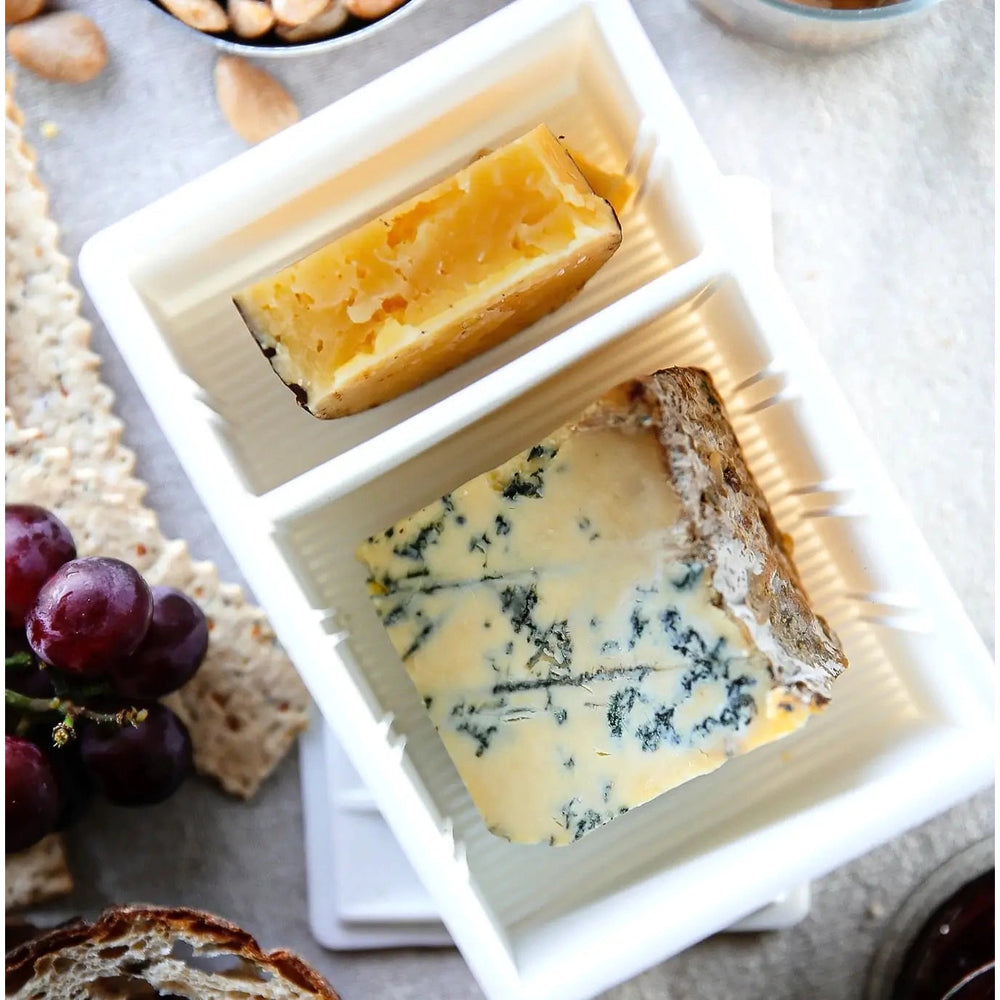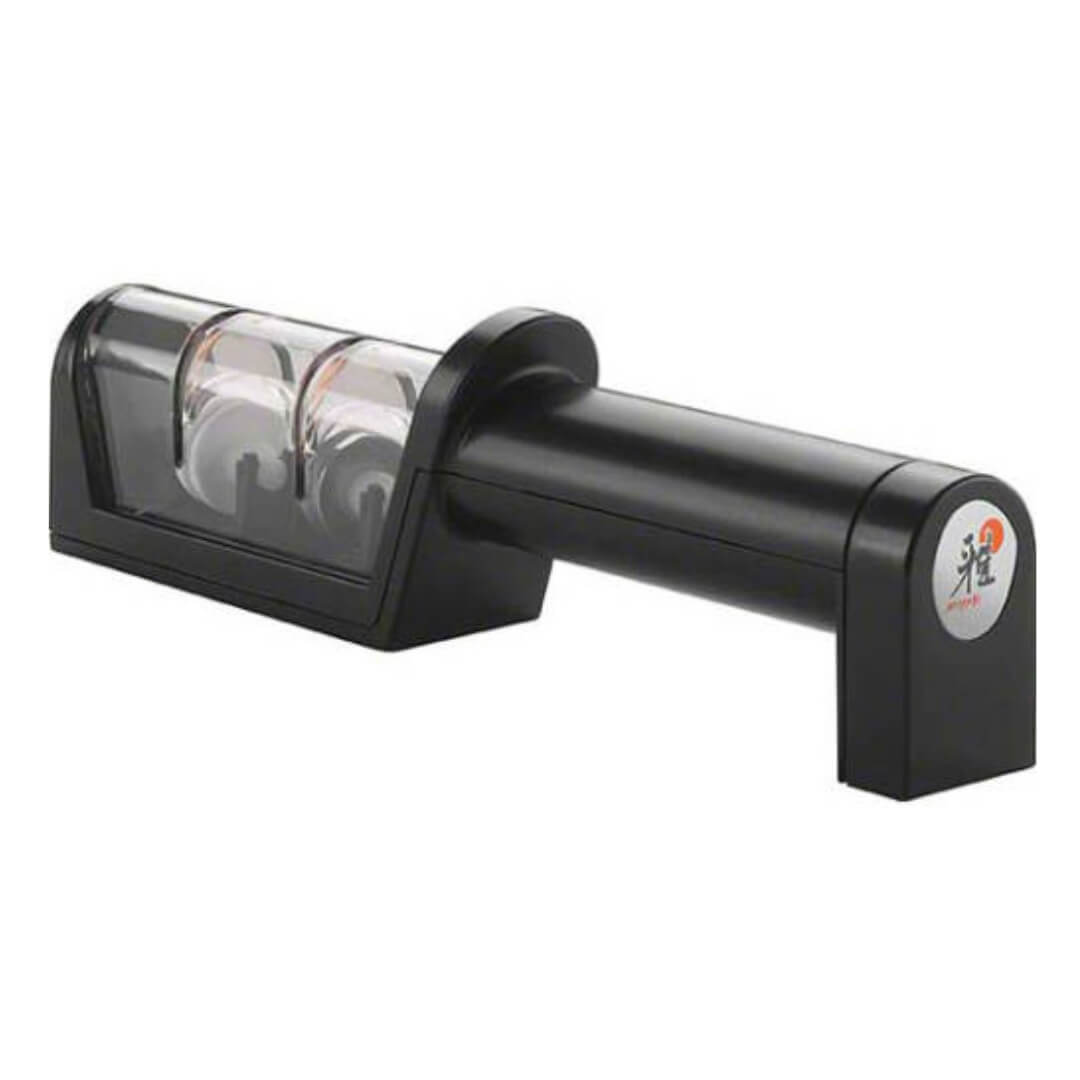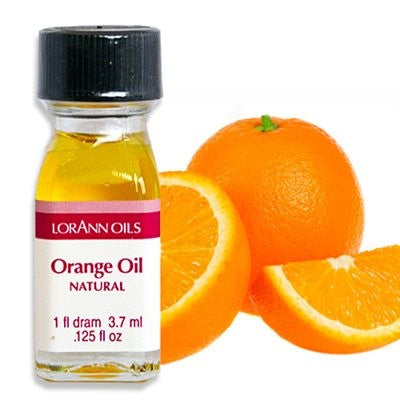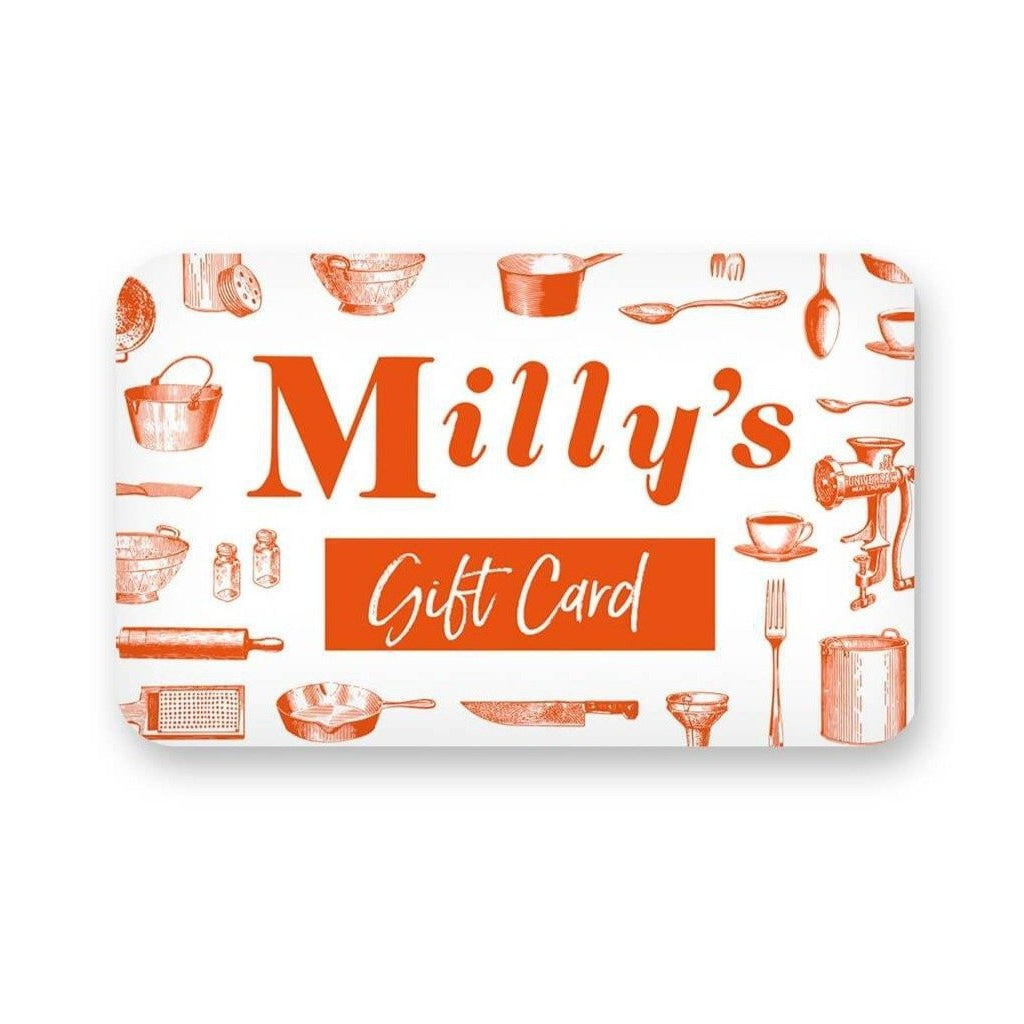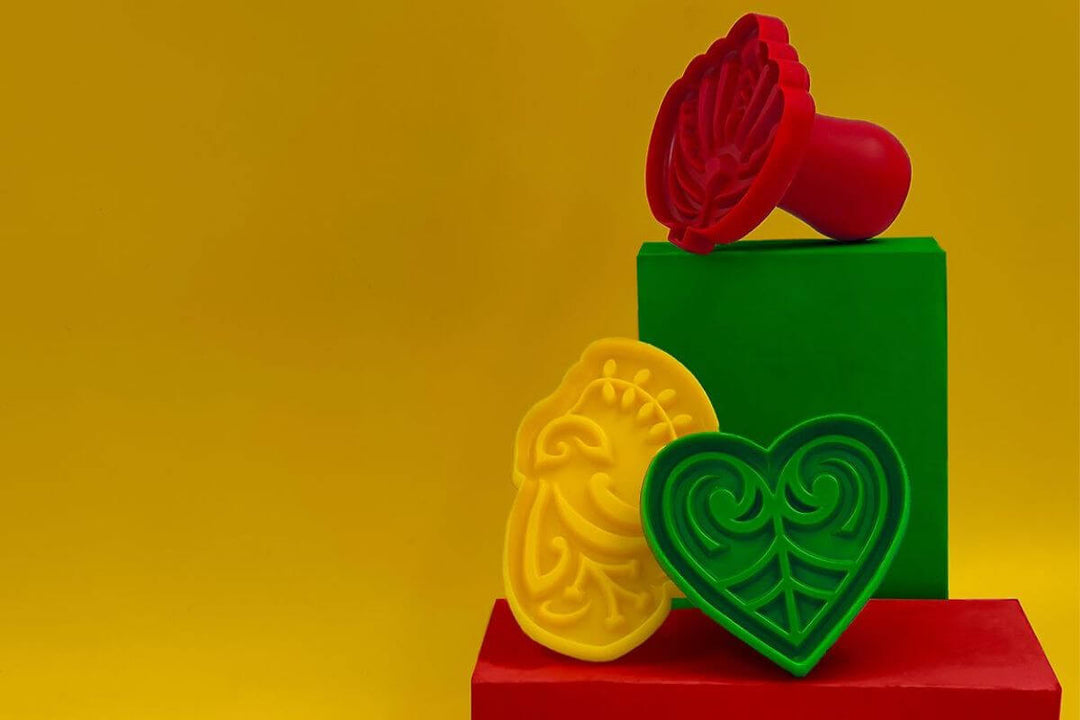The Origins of the Anzac Biscuit
Our relationship with our Pacific neighbours is possibly best described as akin to sibling rivalry. Teasing one another at every opportunity, we “love” to compete with them in any sports arena. A NZ win is always taken as a victory for every Kiwi whilst a loss is held up as an example to be remembered forever. Coming into Anzac Day and the anniversary of our troops’ arrival at Gallipoli, we are reminded that, whilst we see them as rivals on the sports, political and other fields, we have a close allegiance and history of support that should not be forgotten.
While we may forever debate who created the pavlova and whose snags are best for the BBQ, we both happily share the Anzac biscuit - which makes us wonder: where did this crisp, sweet treat originate? Both NZ (1916) and Australia (1920) have strict regulations around the use of the term Anzac. Using the definition of an Anzac biscuit as outlined by the Australian Protection of the Word “Anzac” Act, any biscuit bearing that name must “generally conform to the traditional recipe and shape” and must never be referred to as “Anzac cookies.” In 2003 our governments continued this union making a joint application to the World Intellectual Property Organisation for international protection of the word ‘Anzac’ and the regulations around its use are protected.
Ironically though, there isn’t as much consensus on what actually defines a traditional Anzac biscuit nor exactly when these sweet, eggless, rolled oat–based biscuits came to be called “Anzac’ though most sources agree that they evolved around the First World War. As we all know, ANZAC (all capitals) is the acronym used for the Australian and New Zealand Army Corps and that these biscuits were common care-package fodder sent to our troops at the front. According to Allison Reynolds, author of Anzac Biscuits: The Power and Spirit of an Everyday National Icon (2018), various types of biscuits existed before the war and initially came to be known as Soldier’s Biscuits or Red Cross Biscuits when wives and womens’ groups began posting them to soldiers overseas packing them in airtight tins so that they might withstand the months-long journey via ship. Their accessible, even in wartime, ingredients and stir-together method made it possible for wives of soldiers and women’s groups throughout both nations to regularly bake and ship their own versions to soldiers.
The basic idea has always been a simple oatmeal biscuit with a distinct rich caramel flavour and colour and which has been cobbled together from pantry staples rolled oats; flour; sugar; butter; baking soda; and golden syrup. (Eggs, which were scarce during the war, were omitted). Fast forward to today when we have the many modern versions of Anzac biscuits variously containing flaked coconut and/or embellished with nuts or raisins or dipped in chocolate. So, what better time to re-visit a traditional classic from the Edmonds Cookbook, reimagined with another quintessentially Kiwi flavour ‘feijoa.’ Here’s our favourite Teresa’s Anzac Feijoa and Apple crumble for you all to enjoy this long weekend and beyond.


